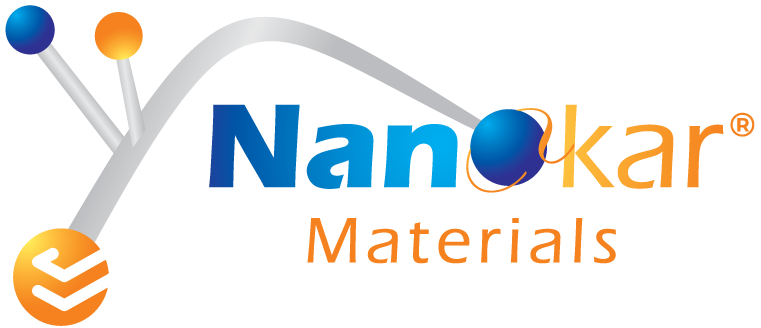What is Lanthanum Oxide (La₂O₃) Micron Powder?
Lanthanum Oxide (La₂O₃) micron powder is a rare-earth oxide material with high chemical stability, excellent optical properties, and strong catalytic activity. It is widely used in electronics, ceramics, catalysts, and optical applications.
Chemical Properties and CAS Number
- Chemical Formula: La₂O₃
- CAS Number: 1312-81-8
- Appearance: White fine powder
- Density: Approximately 6.51 g/cm³
- Melting Point: 2,315°C
- Solubility: Insoluble in water, soluble in acids
- Chemical Stability: Highly hygroscopic, absorbs moisture and CO₂ from the air
Applications of Lanthanum Oxide Micron Powder
1. Optical and Glass Applications
Used in optical glass, camera lenses, and high-refractive-index glass to enhance clarity and light dispersion properties.
2. Catalysts
Employed as a catalyst in petroleum refining, chemical synthesis, and automotive exhaust treatment, improving reaction efficiency.
3. Ceramics and Electronics
Utilized in advanced ceramics, dielectric materials, and semiconductors for its electrical and thermal stability.
4. Phosphors and Display Technologies
Applied in phosphor coatings for LED lighting, TV screens, and display panels to enhance brightness and color accuracy.
5. Superconductors and Battery Technologies
Incorporated in battery materials and superconductors to improve energy efficiency and performance.
Pricing of Lanthanum Oxide Micron Powder
Prices vary based on purity, particle size, and application requirements:
- Industrial Grade: Typically ranges from $50 – $300 per kilogram
- High-Purity/Specialized Grade: Prices range from $500 – $2,000 per kilogram, suitable for advanced electronics and optical applications.
Factors Influencing Lanthanum Oxide Prices
- Purity level and particle size distribution
- Specific application requirements and industry standards
- Processing and synthesis methods
- Order volume and frequency
Conclusion
Lanthanum Oxide (La₂O₃) micron powder is a highly valuable material in optics, ceramics, catalysts, and electronic applications due to its chemical stability, high refractive index, and catalytic activity. Pricing depends on purity, particle specifications, and application demands.
